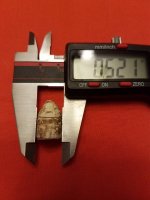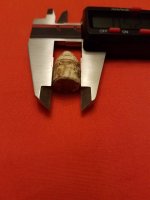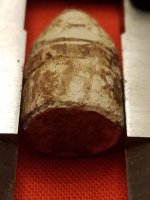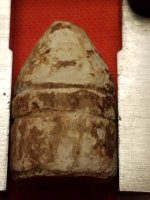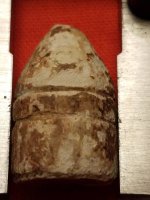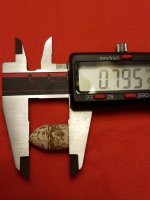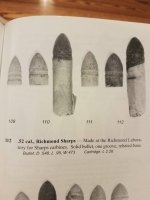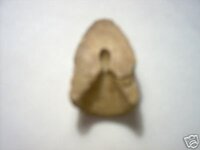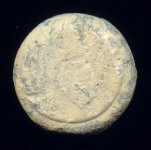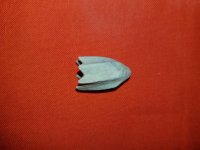Riggleman
Full Member
- Mar 7, 2016
- 226
- 1,231
- Detector(s) used
- Minelab Equinox 800, Garrett AT Max, Garrett AT Pro, Garrett Ace 400, Garrett Pro Pointer AT
- Primary Interest:
- Metal Detecting
First bullet for 2018, but im unsure what it is. Last year i found 2, 58cal 3 groove, and a 58cal Gardner less than 50 yards from this find. Im hoping its CSA, im leaning towards a 52cal Richmond Sharps, solid base and looks like only 2 deep grooves or one band, may be a 3rd but its faint. Solid base. Looks to be fired. Any help is appreciated.


